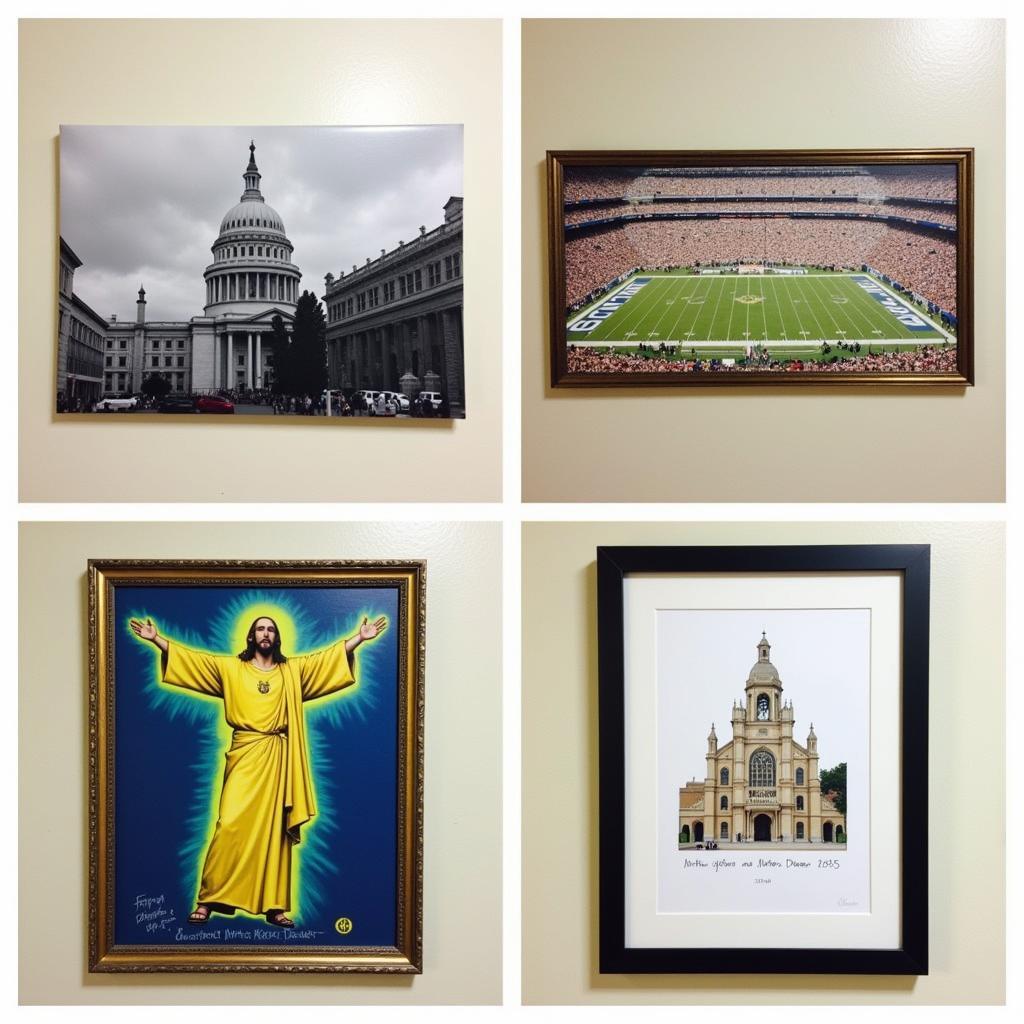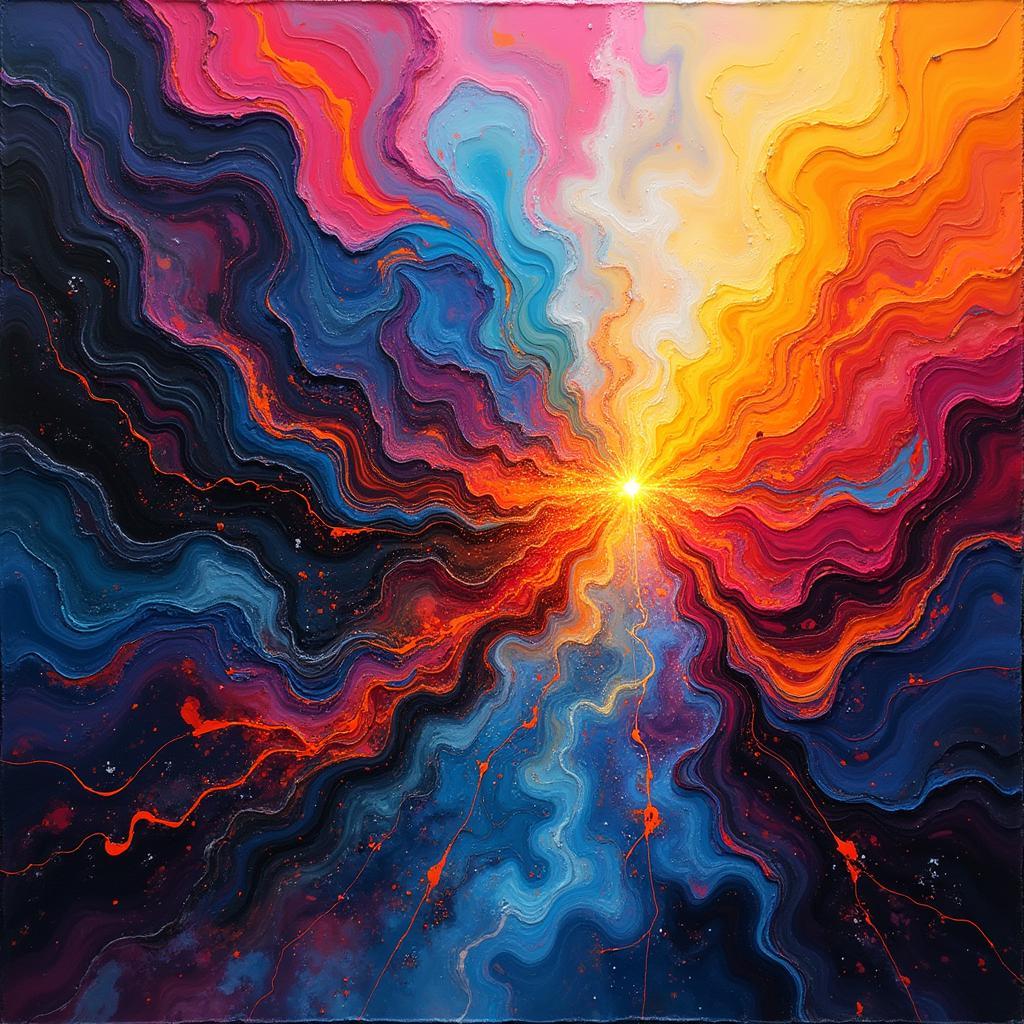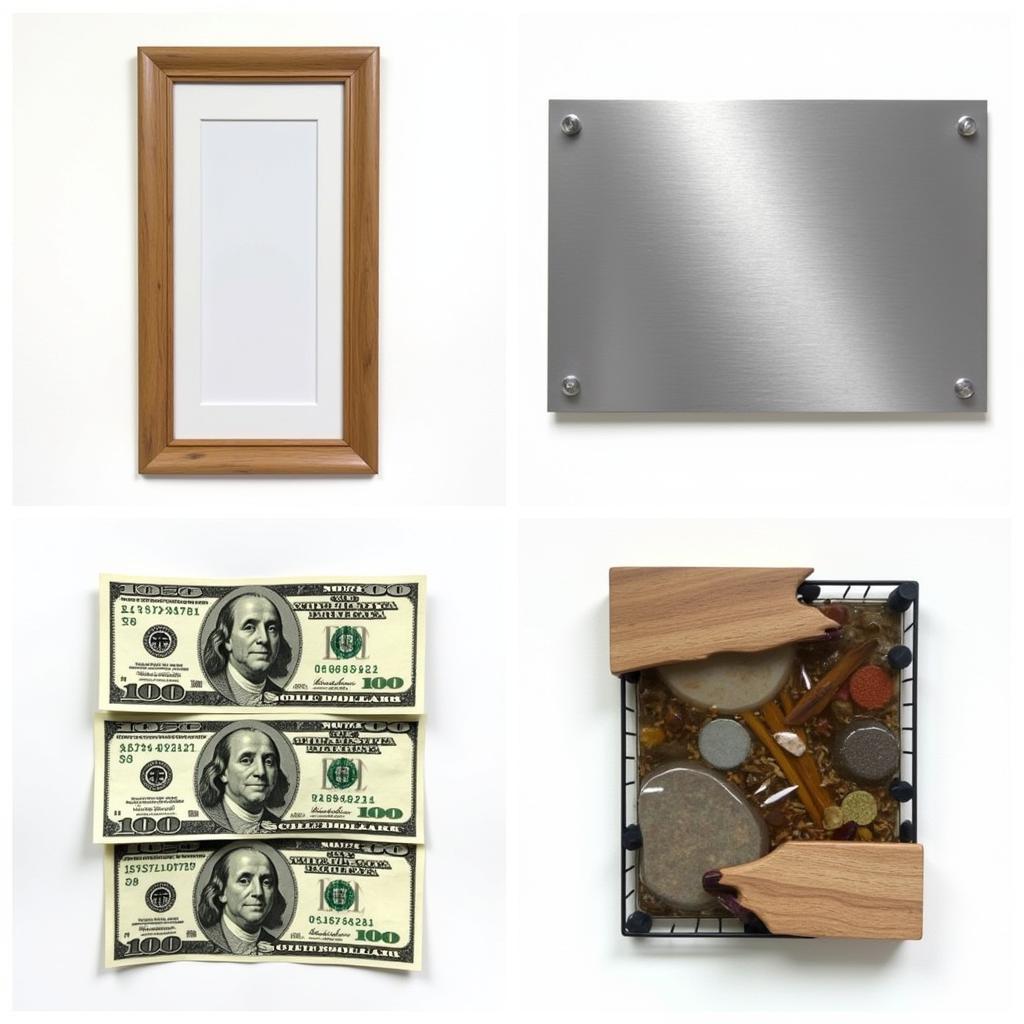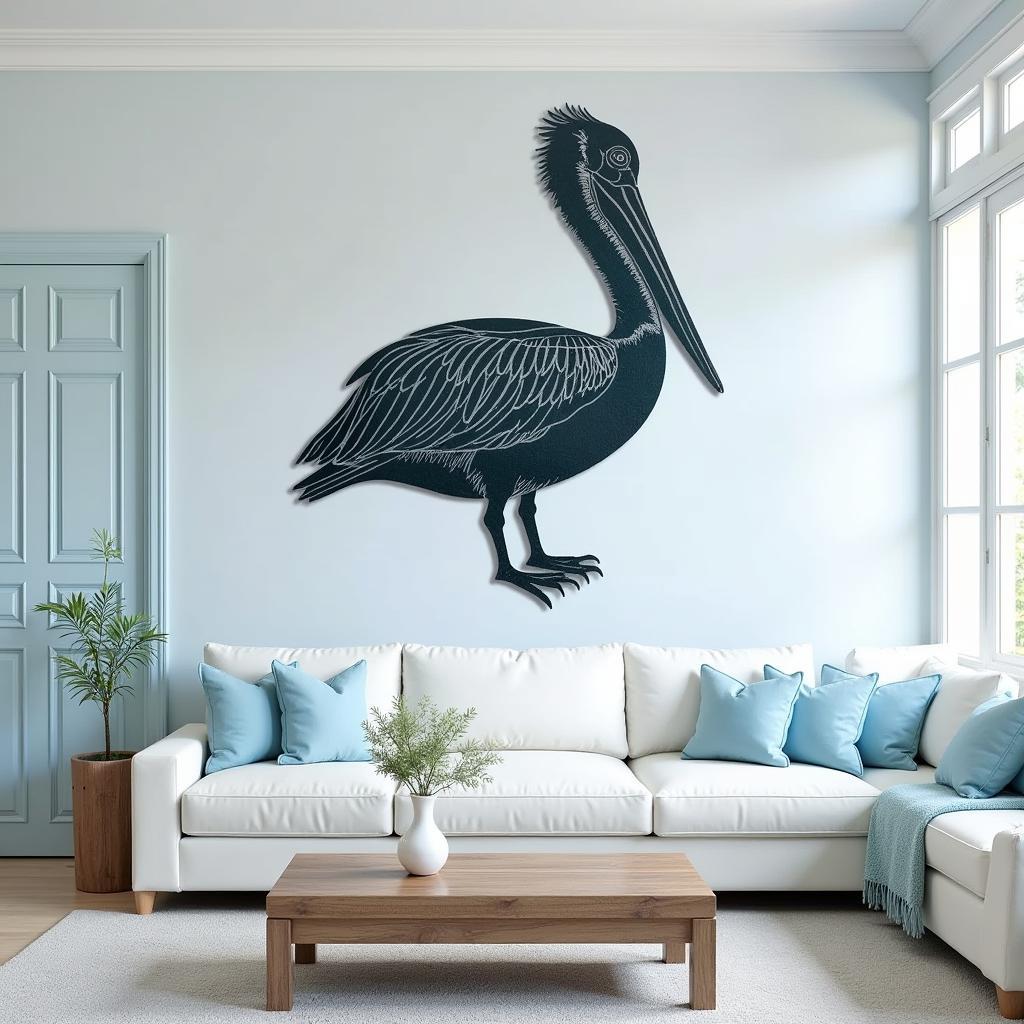Unveiling the Mystical World of Huichol Art Beads
The vibrant and intricate world of Huichol Art Beads offers a captivating glimpse into the rich cultural heritage of the Huichol people, an indigenous group living in the Sierra Madre Occidental mountains of Mexico. More than just decorative objects, these beads are tiny embodiments of ancient traditions, spiritual beliefs, and a deep connection to nature, meticulously crafted to tell stories, honor deities, and preserve their cultural identity.
Delving into the Heart of Huichol Beadwork
Huichol bead art, also known as “chaquira” in their native language, is a testament to the patience, artistry, and spiritual devotion of the Huichol people. Each bead, painstakingly placed one by one, forms mesmerizing patterns and vibrant imagery. These intricate designs are not merely decorative; they are visual narratives, each telling a story or representing a significant aspect of their culture.
The beads themselves are commercially produced, often originating from Czechoslovakia or Japan, reflecting the global reach of artistic materials. However, it is the Huichol people who breathe life and meaning into these tiny glass orbs. Their masterful application, often covering every inch of wooden sculptures, gourds, and ceremonial objects, transforms the mundane into the extraordinary.
One of the most striking aspects of Huichol bead art is its vibrant color palette. The Huichol associate different colors with specific deities and elements of nature. Blue often represents rain and the sky, while yellow symbolizes the sun and its life-giving energy. Green embodies nature’s abundance, while red and orange are associated with fire, passion, and the sacred peyote.
The Significance of Peyote in Huichol Art
Peyote, a small, spineless cactus with psychoactive properties, plays a central role in Huichol spirituality and, consequently, their art. Considered a sacred plant, peyote is believed to provide visions and facilitate communication with the gods. The intricate designs often seen in Huichol bead art are frequently inspired by the visions experienced during peyote ceremonies.
peyote art commonly features recurring motifs that hold deep spiritual significance. The deer, a revered animal, represents the spirit guide that leads the Huichol on their spiritual journeys. The eagle, soaring high above, symbolizes a connection to the divine realm. Other recurring motifs include snakes, scorpions, and the double-headed eagle, each carrying its own symbolic meaning within the Huichol cosmology.
“Huichol art is like a visual prayer, each bead a whispered intention. It’s a way to connect with the divine and share our stories with the world.” – Maria Guadalupe Gonzalez, Huichol Artisan
Preserving Traditions in a Modern World
Today, Huichol art beads are recognized for their cultural significance and artistic merit. They have found their way into museums and galleries worldwide, captivating art enthusiasts and collectors alike. However, the true value of these beads lies in their ability to preserve and transmit the Huichol’s cultural heritage.
The creation of Huichol bead art is a family affair, with knowledge passed down from generation to generation. Children learn the craft from their elders, ensuring the continuation of this ancient tradition. As the younger generation navigates the complexities of the modern world, Huichol art beads serve as a tangible link to their ancestral past and a powerful reminder of their cultural identity.
Conclusion
Huichol art beads are much more than just beautiful objects. They are intricate expressions of a vibrant culture, imbued with spiritual significance and a deep connection to the natural world. By understanding the symbolism and stories woven into each bead, we gain a deeper appreciation for the artistry, beliefs, and resilience of the Huichol people. Explore the captivating world of Huichol art beads and discover the beauty and meaning embedded within each colorful creation.
FAQs about Huichol Art Beads
1. What are Huichol art beads made of?
Huichol art beads are typically made of commercially produced glass beads, often originating from Czechoslovakia or Japan.
2. What is the significance of peyote in Huichol art?
Peyote is a sacred plant in Huichol culture, believed to induce visions and facilitate communication with the divine. The intricate designs and motifs found in their art often stem from peyote-inspired visions.
3. What are some common motifs in Huichol beadwork?
Common motifs include the deer (representing a spirit guide), the eagle (symbolizing a connection to the divine), snakes, scorpions, and the double-headed eagle, each holding specific symbolic meaning.
4. How is Huichol bead art made?
Huichol artists meticulously apply tiny glass beads one by one, often using a wax or resin adhesive, to create intricate designs on various surfaces such as wood, gourds, and ceremonial objects.
5. Where can I purchase authentic Huichol art beads?
Authentic Huichol art can be found in reputable galleries specializing in indigenous art, fair trade organizations, and directly from Huichol artisans in Mexico.
6. How can I learn more about Huichol culture and art?
Many resources are available online and in libraries that provide in-depth information about the Huichol people, their history, traditions, and art. Visiting museums with Huichol art collections and attending cultural events can further enrich your understanding.
7. What is the best way to care for Huichol beadwork?
Handle Huichol beadwork with care to avoid dislodging the beads. Dust gently with a soft cloth or brush. Avoid exposing the artwork to direct sunlight, extreme temperatures, or excessive humidity.
If you’re looking to explore more traditional art forms, you might also be interested in arte huichol or perhaps the delicate beauty of art glass pieces.
For any inquiries or assistance, please reach out to us at Phone Number: 02462573573, Email: [email protected]. You can also visit us at Savico Megamall, 7-9 Đ. Nguyễn Văn Linh, Gia Thụy, Long Biên, Hà Nội 10000, Việt Nam. Our dedicated customer support team is available 24/7 to assist you.




